Samsung Galaxy Z Fold 7: price, cameras, upgrades, and everything you need to know
Bigger, thinner, and more powerful
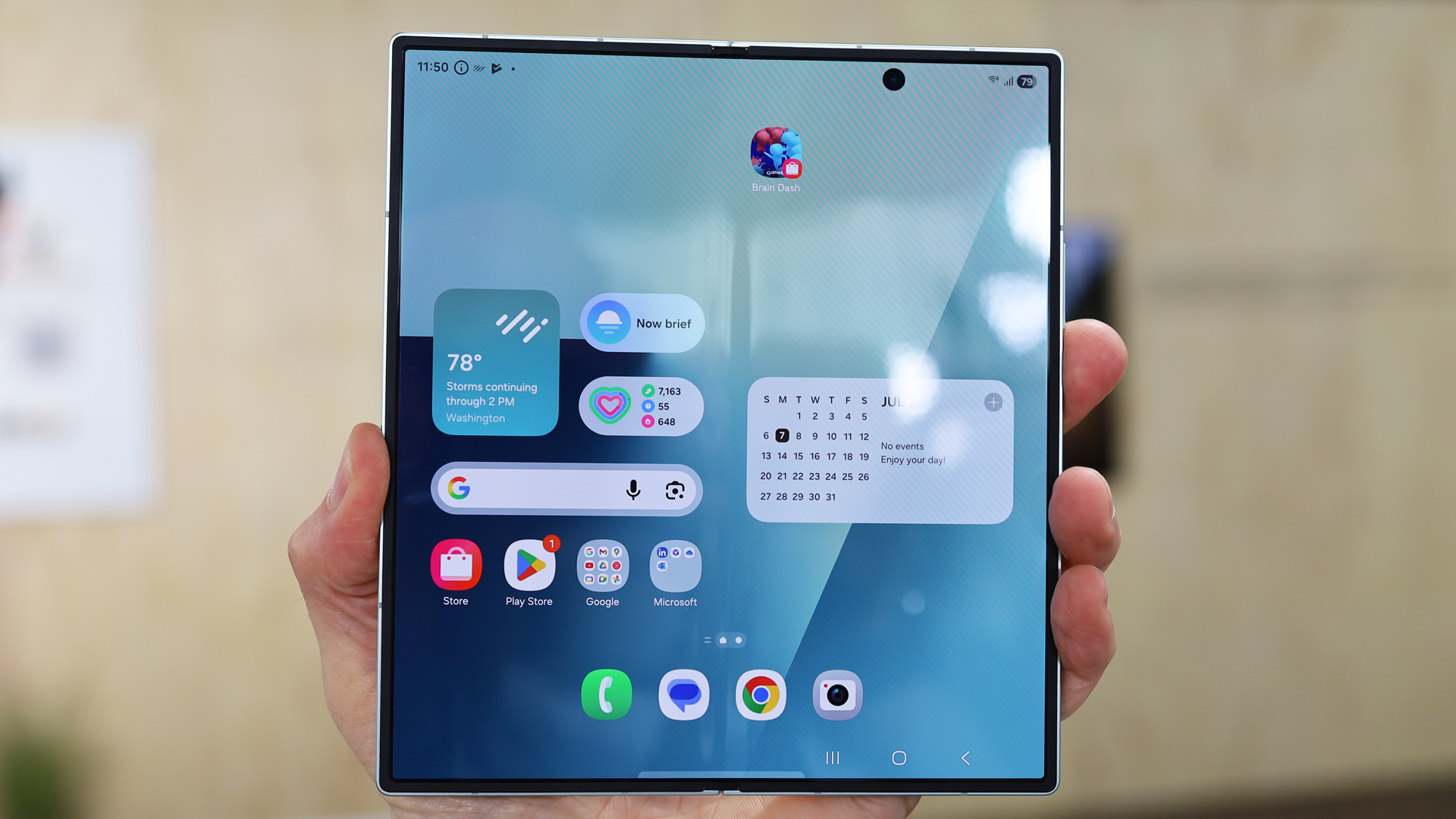
The Samsung Galaxy Z Fold 7 is Samsung’s foldable flagship for 2025, and it has enough upgrades that you could almost consider this a Samsung Galaxy Z Fold 7 Ultra.
From the screens to the cameras, chipset, build, and beyond, almost everything has been improved here.
So below, you’ll find full details of all the Samsung Galaxy Z Fold 7’s specs and features – along with its release date and price. And if you want some early impressions, head over to our hands-on Samsung Galaxy Z Fold 7 review.
Key information
- Starts at $1,999 / £1,799 / AU$2,899
- New 200MP camera
- Qualcomm Snapdragon 8 Elite for Galaxy chipset
- New 16GB RAM capacity for the top model
- Storage options up to 1TB
- 26% thinner
- Lighter than the Galaxy S25 Ultra
- Bigger 8-inch and 6.5-inch screens
- The same 4,400mAh battery capacity as before

Samsung Galaxy Z Fold 7: price and release date
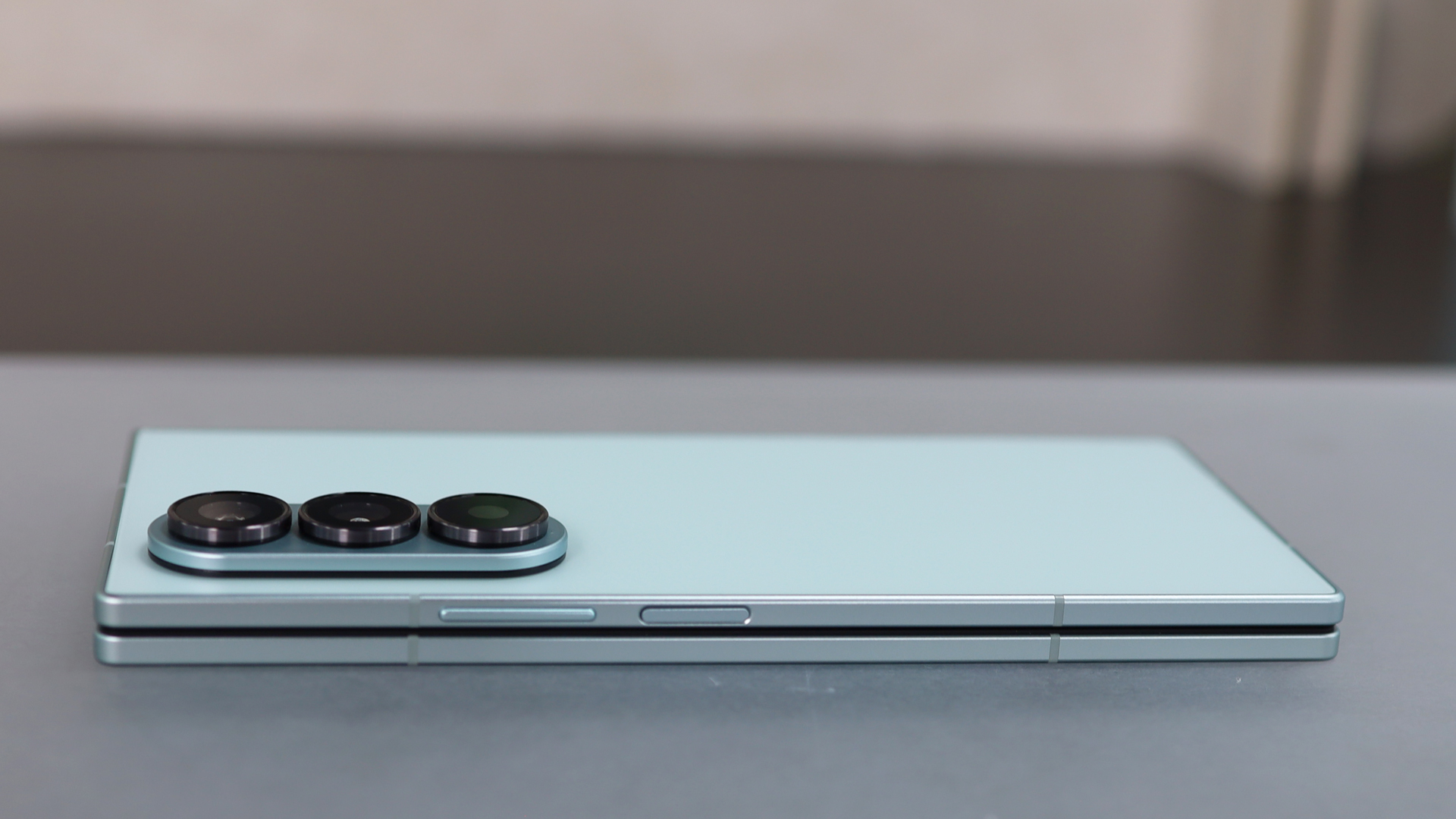
- Pre-orders open from July 9
- Shipping begins on July 25
- Starts at $1,999 / £1,799 / AU$2,899
The Samsung Galaxy Z Fold 7 was announced on July 9, alongside the Samsung Galaxy Z Flip 7. Pre-orders opened the same day, so you should be able to place your order as you read this. It ships on July 25.
It starts at $1,999 / £1,799 / AU$2,899, for which you get a model with 256GB of storage and 12GB of RAM. Prices rise to $2,119 / £1,899 / AU$3,099 for 512GB / 12GB, and $2,419 / £2,149 / AU$3,549 for 1TB / 16GB.
In the US, that makes the Samsung Galaxy Z Fold 7 $100 more expensive than the Samsung Galaxy Z Fold 6, while the starting price in the UK is unchanged.
Samsung Galaxy Z Fold 7: specs
| Header Cell - Column 0 | Samsung Galaxy Z Fold 7 |
|---|---|
Dimensions (folded) | 72.8 x 158.4 x 8.9mm |
Dimensions (unfolded) | 143.2 x 158.4 x 4.2mm |
Weight | 215g |
OS | One UI 8, based on Android 16 |
Main display | 8-inch 120Hz 1968 x 2184 |
Cover display | 6.5-inch 120Hz 1080 x 2520 |
Chipset | Qualcomm Snapdragon 8 Elite for Galaxy |
RAM | 12GB / 16GB |
Storage | 256GB / 512GB / 1TB |
Battery capacity | 4,400mAh |
Charging | 25W wired, 15W wireless, 4.5W reverse wireless |
Rear cameras | 200MP main, 12MP ultra-wide, 10MP telephoto (3x zoom) |
Front cameras | 10MP, 10MP |
Samsung Galaxy Z Fold 7: design and display
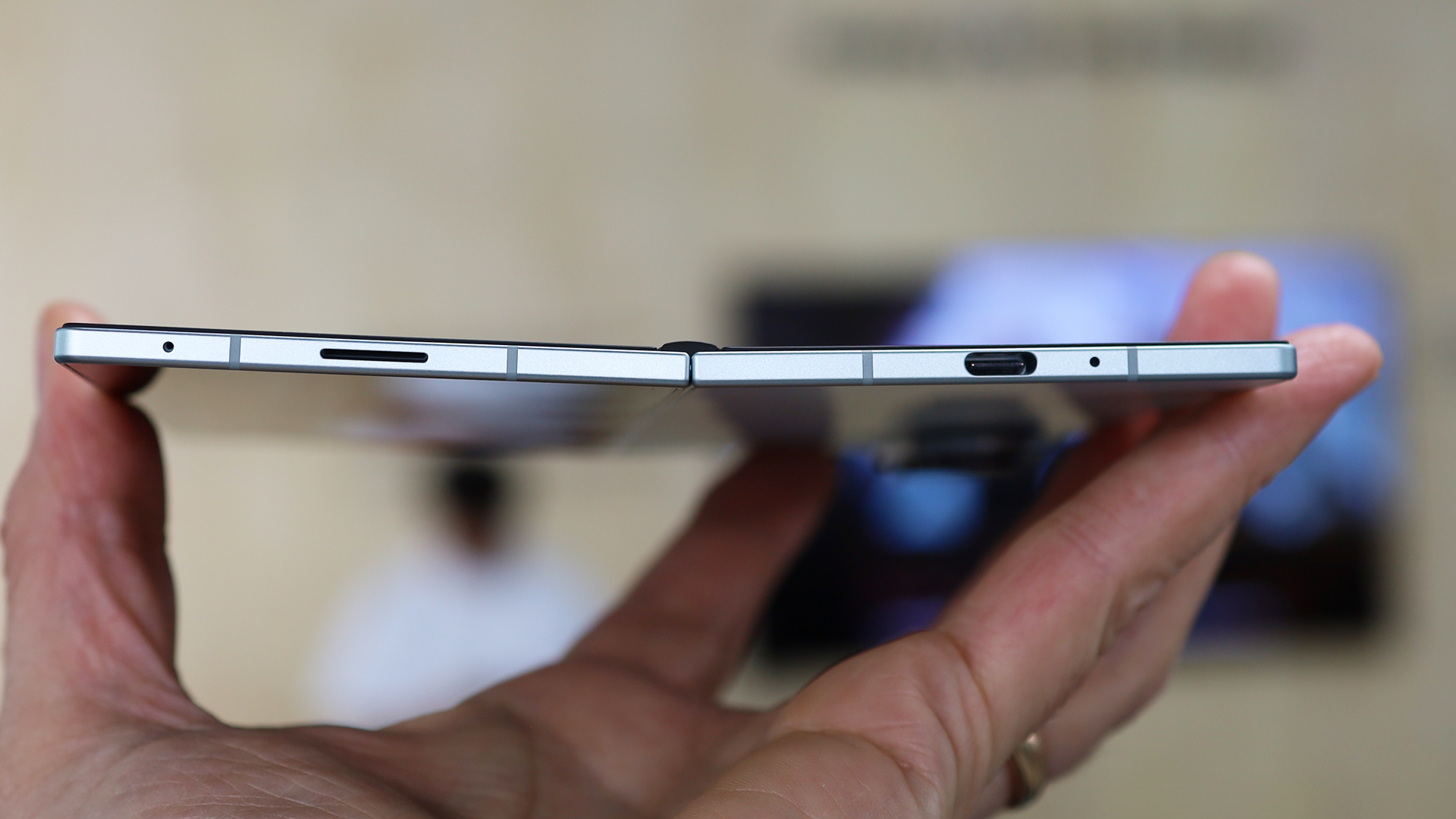
- Just 4.2mm thick when unfolded
- Lighter than the S25 Ultra at 215g
- Bigger 8-inch and 6.5-inch screens
The Samsung Galaxy Z Fold 7 is noticeably much slimmer than its predecessor, coming in at just 4.2mm thick when open and 8.9mm thick when closed, compared to 5.6mm and 12.1mm respectively for the Samsung Galaxy Z Fold 6.
Sign up for breaking news, reviews, opinion, top tech deals, and more.
That’s quite an improvement, and means that even when folded shut, the Galaxy Z Fold 7 isn’t much thicker than a typical smartphone, with the Samsung Galaxy S25 Ultra for example being 8.2mm thick.
Remarkably, the Samsung Galaxy Z Fold 7 is also actually lighter than the S25 Ultra, at just 215g. The Galaxy S25 Ultra is 218g, and the Galaxy Z Fold 6 is far heavier still at 239g.
The Samsung Galaxy Z Fold 7 is also built to be durable, despite being so slim and light, as it has Gorilla Glass Ceramic 2 on the front, uses Advanced Armor Aluminum for the frame, and has a thinner and lighter Armor FlexHinge. It still has the same IP48 rating as its predecessor though, meaning there's substantial water resistance but not much in the way of dust resistance.
The screens have been improved though – or at least made larger, as the Samsung Galaxy Z Fold 7 has an 8-inch 1968 x 2184 foldable display (up from 7.6 inches on the Z Fold 6), and a 6.5-inch 1080 x 2520 cover screen (up from 6.3 inches on the Z Fold 6).
Both of those are AMOLED and have a 1-120Hz refresh rate, with the main screen having a peak brightness of 2,600 nits and a pixel density of 368 pixels per inch, and the cover screen having 422 pixels per inch.
That latter screen is also wider than before, making it much more usable and more like a conventional smartphone screen, and given the sizes of these screens, the fact that the Z Fold 7 weighs just 215g is all the more impressive.
For colors, you get a choice of Blue Shadow, Silver Shadow, Jet Black, and Mint with the Samsung Galaxy Z Fold 7, though the last of those is only available from Samsung's online store.
Samsung Galaxy Z Fold 7: cameras
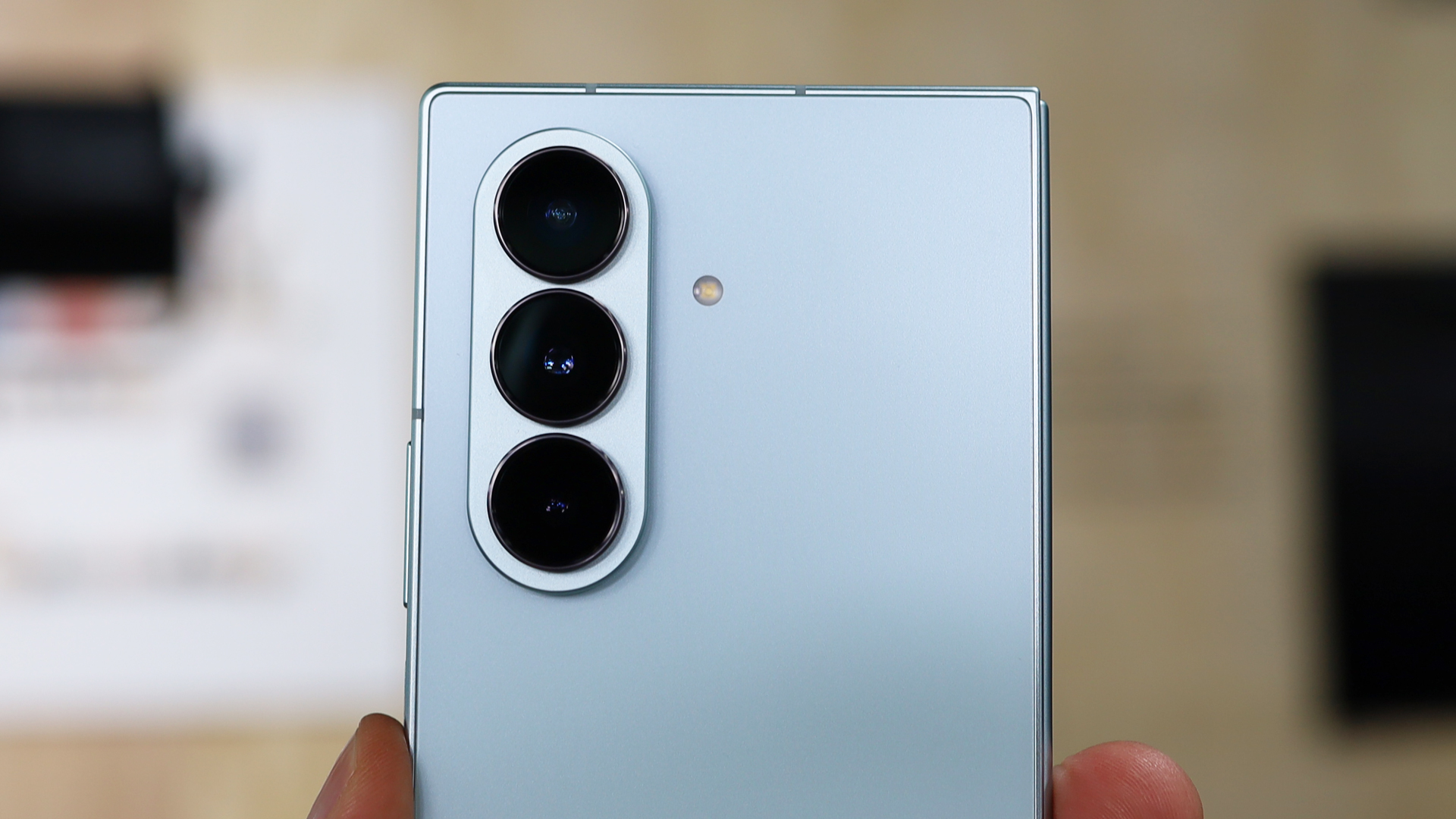
- New 200MP main sensor
- 12MP ultra-wide and 10MP telephoto
- 4MP under-display has been replaced with a 10MP punch-hole camera
The Samsung Galaxy Z Fold 7’s primary camera is one of its main upgrades, as gone is the 50MP sensor of the previous model, and in its place there’s a new 200MP f/1.7 camera – so at least in terms of megapixels this is a huge improvement. Of course, megapixels aren’t everything, so we’ll be interested to see how this sensor performs in practice.
This is the only major camera hardware upgrade though, as just like on the Z Fold 6 there’s also a 12MP f/2.2 ultra-wide camera (with a 120-degree field of view), and a 10MP f/2.4 telephoto camera, with 3x optical zoom.
There’s also a pair of 10MP f/2.2 front-facing cameras (one on each screen), which is a slight improvement on last year, as the Samsung Galaxy Z Fold 6 has a 10MP camera and a 4MP one. However, while the Z Fold 6’s 4MP camera is an under-display one, here you get a more conventional punch-hole camera.
Of course, there are also some new AI tools for editing your photos, including a ‘Suggested Erases’ function in Generative Edit, which does what it says on the tin, and an Auto mode in Audio Eraser.
The Samsung Galaxy Z Fold 7 also features the next generation of Samsung's ProVisual Engine, allowing it to process images faster.
Samsung Galaxy Z Fold 7: performance and software
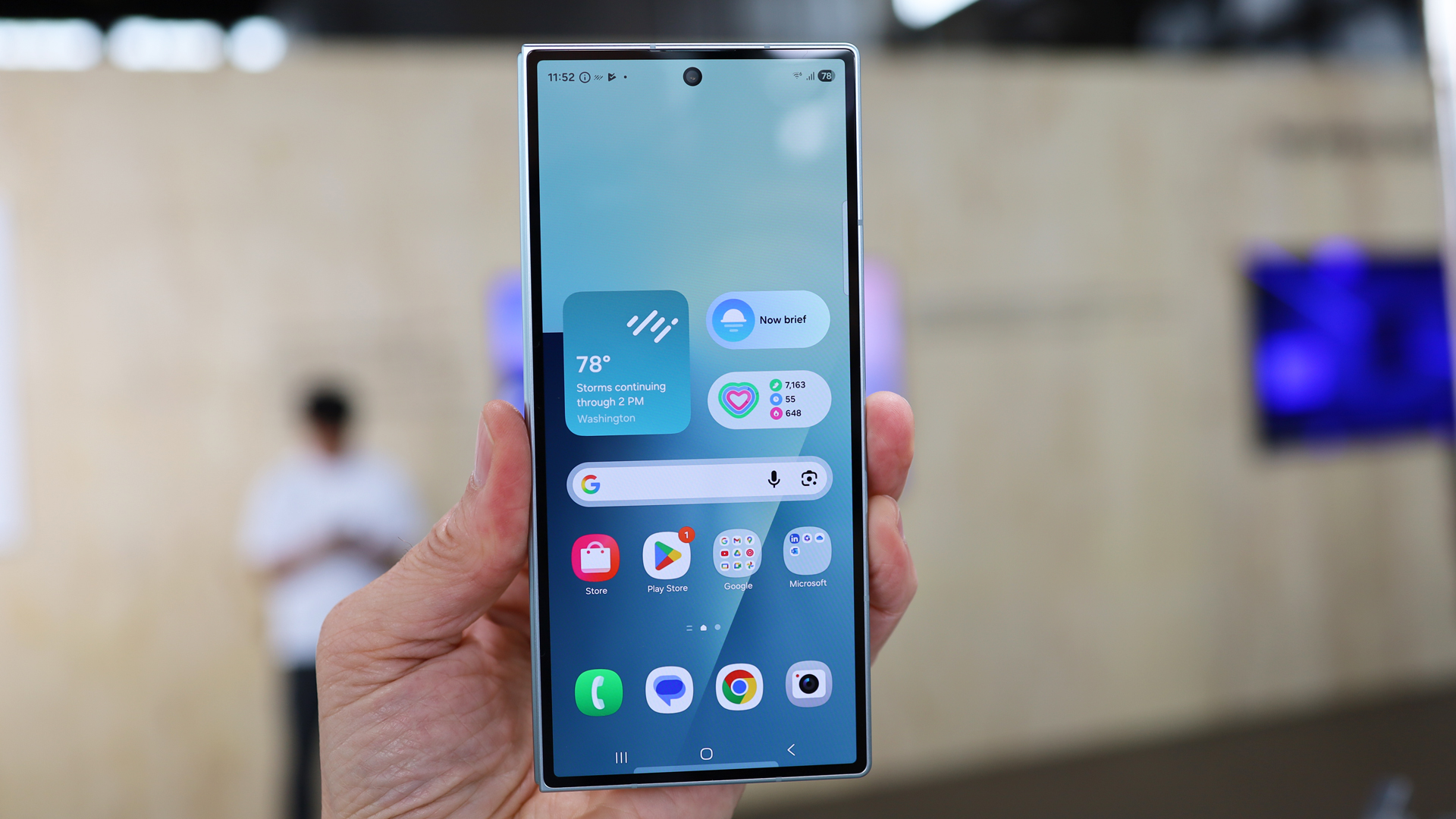
- Qualcomm Snapdragon 8 Elite for Galaxy chipset
- Up to 16GB of RAM
- A 4,400mAh battery
The Samsung Galaxy Z Fold 7 is – as expected – powered by a Snapdragon 8 Elite for Galaxy chipset. That’s the same chipset as you’ll find in the Samsung Galaxy S25 series, and it’s currently the most powerful chipset available for Android phones.
On top of that, the Galaxy Z Fold 7 also comes with up to 16GB of RAM (up from 12GB in the Z Fold 6), though this is only offered in the top, 1TB model – if you choose 256GB or 512GB of storage you still get 12GB of RAM.
So the Samsung Galaxy Z Fold 7 should be among the most powerful phones on the market. Its software is up to date too, as it launches with One UI 8, which is Samsung’s take on Android 16. This includes some foldable-specific features, like a version of Gemini that’s optimized for multi-screen viewing.
As for the Samsung Galaxy Z Fold 7’s battery, that’s just 4,400mAh, making it the same capacity as the Galaxy Z Fold 6’s. But Samsung claims that despite this it will last longer, with up to 24 hours of life (up from 23 hours on the Z Fold 6).
The company has further explained that the capacity of the battery hasn't been increased because users were apparently more interested in better cameras, a wider cover screen, and a slimmer build.
As with the Galaxy Z Fold 6, it offers 25W wired charging, along with 15W wireless and 4.5W reverse wireless charging.
Samsung Galaxy Z Fold 7: early verdict
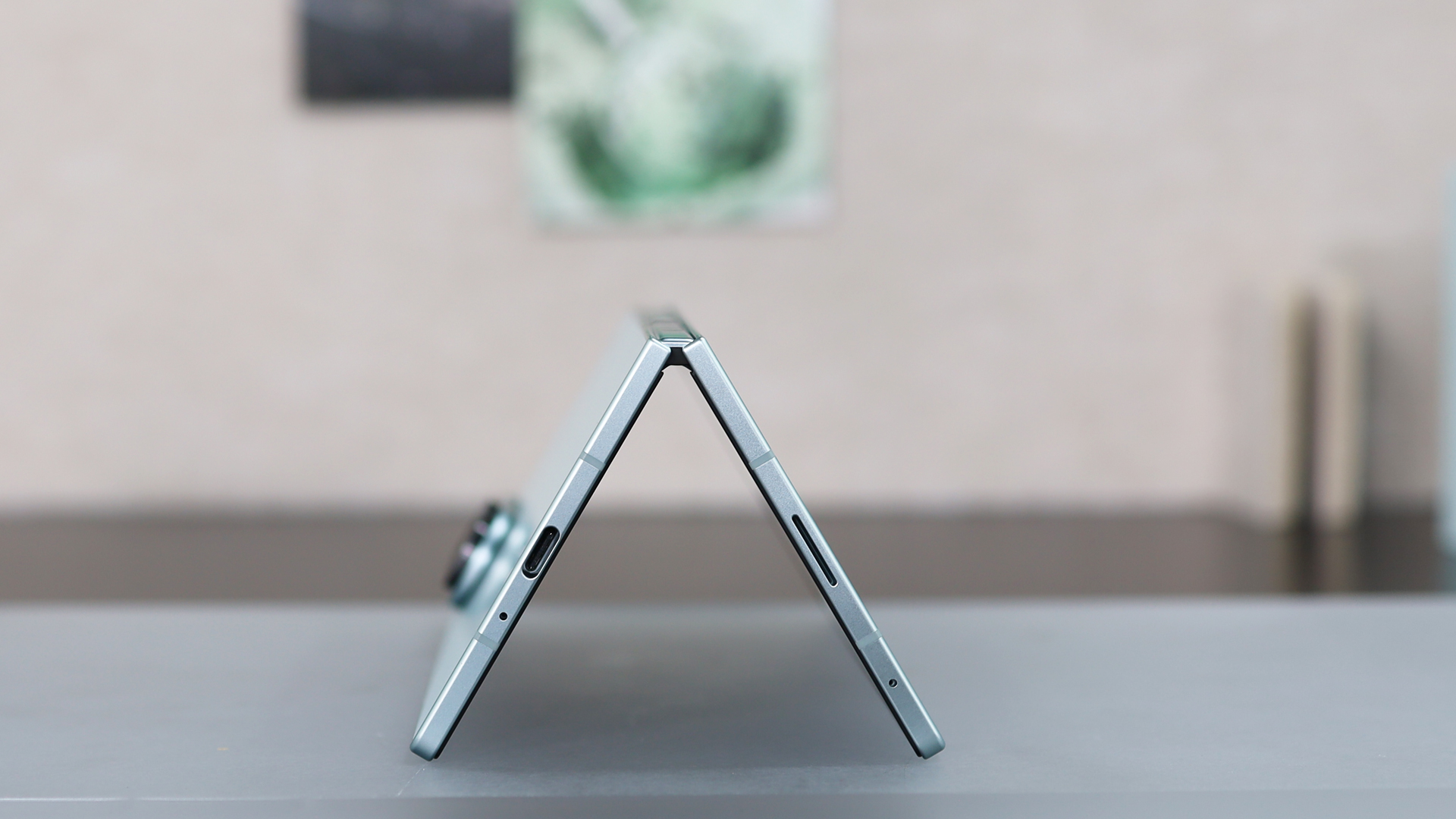
The Samsung Galaxy Z Fold 7 might not have ‘Ultra’ in its name, but this feels like the closest thing to a Z Fold Ultra yet, and it has had more upgrades than we usually see when moving from one generation to the next.
The upgraded camera is especially interesting on paper, but you’ll have to wait for our full review to see how it actually performs.
Other changes – including a new chipset, bigger screens, and a slimmer and lighter build – are also nice to see. It’s a shame the battery capacity hasn’t been increased, but other than that, this looks like a promising prospect.
You might also like
James is a freelance phones, tablets and wearables writer and sub-editor at TechRadar. He has a love for everything ‘smart’, from watches to lights, and can often be found arguing with AI assistants or drowning in the latest apps. James also contributes to 3G.co.uk, 4G.co.uk and 5G.co.uk and has written for T3, Digital Camera World, Clarity Media and others, with work on the web, in print and on TV.
You must confirm your public display name before commenting
Please logout and then login again, you will then be prompted to enter your display name.